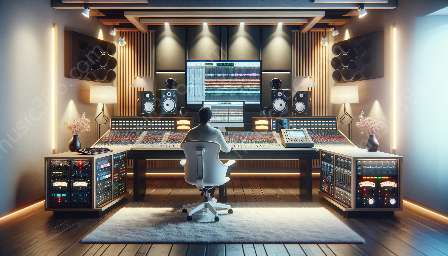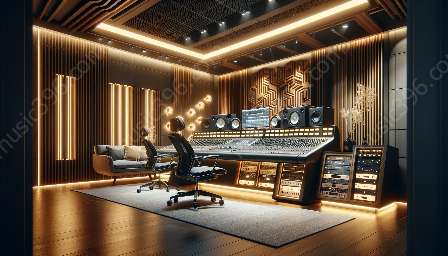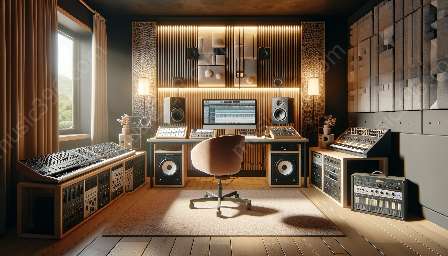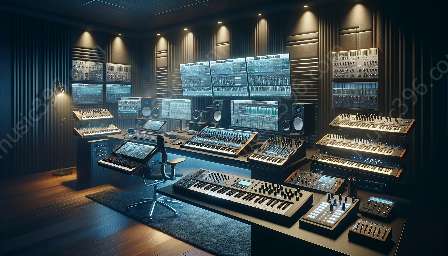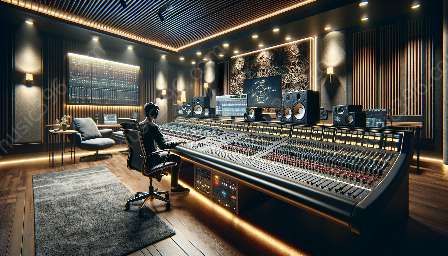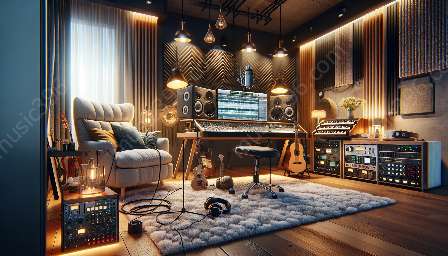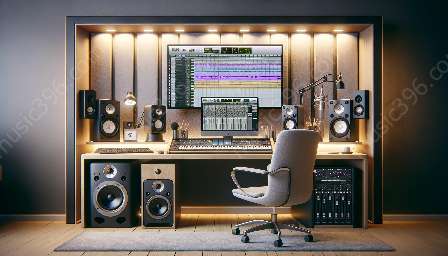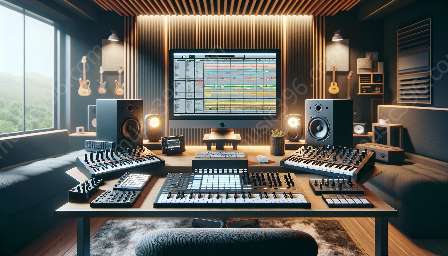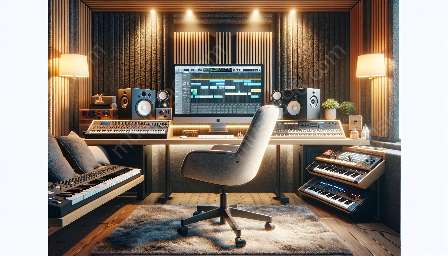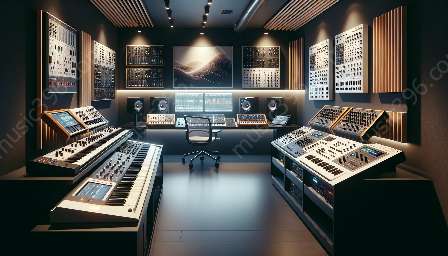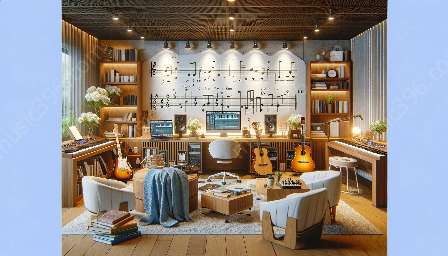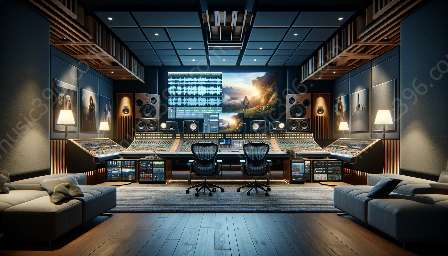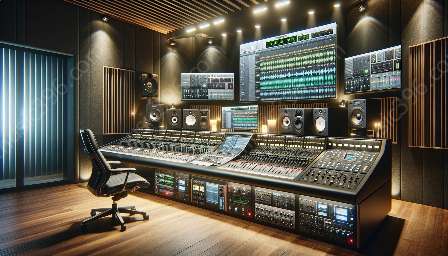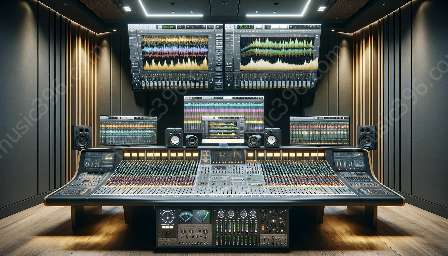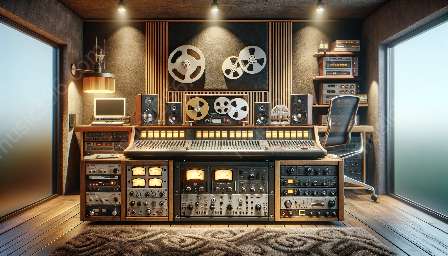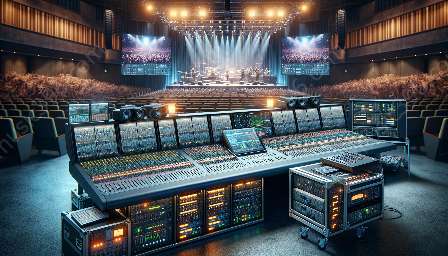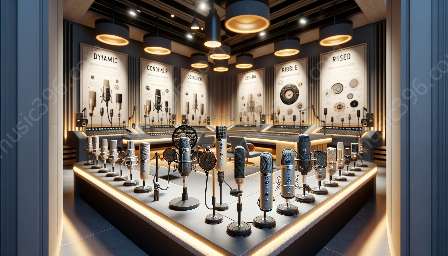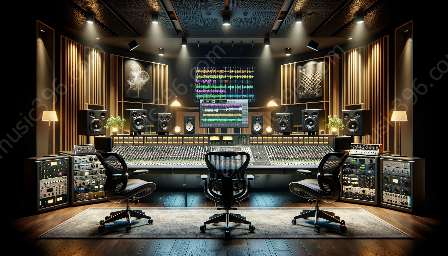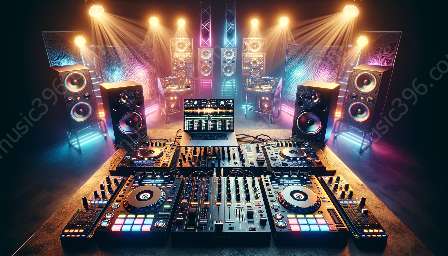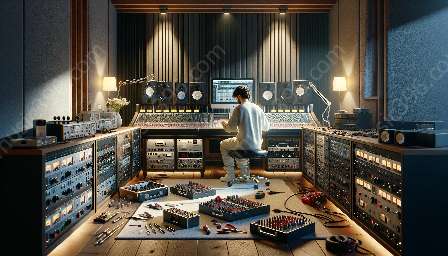Live sound engineering is a crucial component of broadcasting and streaming events, ensuring that the audience receives high-quality audio experiences. By applying live sound engineering techniques to these events, professionals can optimize audio signals for a range of platforms and environments, ultimately enhancing the overall experience for viewers and listeners.
Setting Up the Sound System
One of the foundational aspects of live sound engineering for broadcasting and streaming events is the setup of the sound system. This involves strategically placing microphones, speakers, and other audio equipment to capture and reproduce sound accurately. Sound engineers must consider the acoustics of the venue, the positioning of performers and presenters, and the technical requirements of the broadcast or stream.
Optimizing Audio Signals
Live sound engineers utilize various techniques to optimize audio signals for broadcasting and streaming. This includes adjusting equalization settings, implementing dynamic range compression, and managing signal levels to ensure consistent and high-quality audio. Additionally, sound engineers may need to address potential challenges such as feedback, background noise, and audio latency to deliver a seamless listening experience to the audience.
Adapting to Different Platforms
With the rise of diverse broadcasting and streaming platforms, such as television, online platforms, and social media, live sound engineers must adapt their techniques to suit each platform's specific audio requirements. This involves understanding the audio codecs, bitrates, and delivery formats that are optimal for different platforms, as well as being mindful of the various playback devices and listening environments that the audience may use.
Ensuring Compatibility with Audio Production
Applying live sound engineering to broadcasting and streaming events aligns closely with audio production practices, as both disciplines focus on delivering high-quality audio experiences. By integrating live sound engineering techniques into the audio production process, professionals can enhance the overall sound quality of live broadcasts and streams, resulting in immersive and engaging experiences for the audience.
Challenges and Solutions
Throughout the process of applying live sound engineering to broadcasting and streaming events, sound engineers may encounter challenges such as audio delay, signal interference, and environmental factors that impact sound quality. To address these challenges, professionals can implement solutions such as time-aligning audio signals, utilizing noise reduction technologies, and employing strategic microphone placements to capture clear, focused audio.
Industry Best Practices
Industry best practices for applying live sound engineering to broadcasting and streaming events encompass a wide range of considerations, including advance technical planning, rehearsal, and ongoing monitoring. By adhering to best practices, sound engineers can ensure that the audio production for live events is executed seamlessly, providing audiences with exceptional sound quality and reinforcing the professionalism of the production.
Conclusion
Applying live sound engineering to broadcasting and streaming events is a multifaceted process that involves setting up sound systems, optimizing audio signals, adapting to different platforms, and ensuring compatibility with audio production. By understanding and implementing these techniques, professionals can elevate the audio quality of live events, delivering immersive and engaging experiences for audiences across various broadcast and streaming platforms.


